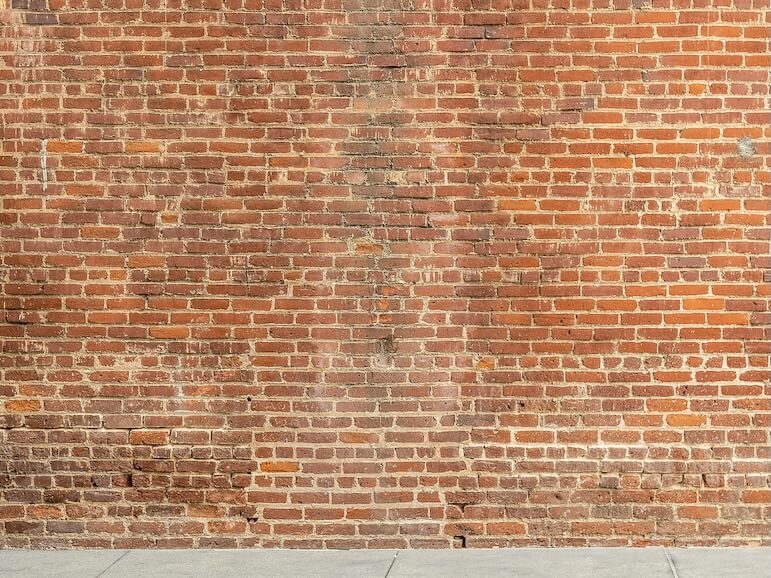
Walls are among the key components of any building structure. These structures support the roof, ceilings and flooring of a residential or commercial property. They can also be used to create compartments or define boundaries. Walls come in various styles and forms. Understanding the main differences and the feature of each type of wall will help you plan better when you have a construction project.
Load-bearing wall
As the name suggests, a load-bearing wall provides support to the entire structure. Hence, it is made from sturdier and heavier materials. Load-bearing walls can be found under support beams. These can be fashioned for external or internal purposes.
This type of wall can be further classified into smaller categories, namely a precast retaining wall, concrete wall, brick wall, stone wall, metal stud wall and masonry wall.
Non-load bearing wall
Unlike the load-bearing type, this type of wall is made from lightweight materials. Also, these aren’t attached firmly to the structure. As such, you can easily tear it down if you need to make room for more items or if you want to reconfigure the floor plan. Some construction specialists and contractors refer to non-load bearing walls as curtain walls.
Cavity wall
When it comes to providing maximum thermal insulation, nothing comes close to cavity walls. This type of wall features two distinct layers which significantly decreases the amount of heat transfer between the interior and exterior environment. The outer layer, or skin, is usually made from bricks while the inner part is made of blocks.
Party wall
A party wall is a shared wall. It is constructed between two properties. If you want to construct this type of wall on your property, you will need to hire a surveyor. This way, you can clearly define the boundaries between your property and that of your neighbour.
Buttress wall
This is often in large structures such as churches and water dams. It’s a type of wall used to provide structural support to an existing structure. It takes its name after the thrusting action done by animals when they butt heads.
Dwarf wall
Want to have a clear outline around your garden? You can use a dwarf wall. It is less than one storey high, so it’s perfect to use to compartmentalise the different parts of your property. You can also use these as the base for your porch or garden lights.
Green wall
Living walls or green walls are becoming more and more popular, especially in highly urbanised places. Essentially, these are walls equipped with plants and a simple irrigation system. While some folks tend to build green walls themselves, it’s still highly recommended to call in a professional to ensure that the plants used can thrive for a long time.
Walls may seem like an insignificant part of a property. However, in truth, they play an essential role in the integrity of a structure. Other types of walls are essential to defining boundaries in certain areas of your property. Review the descriptions of the main types of walls enumerated above, so you know what to tell your contractor when you start a project.

